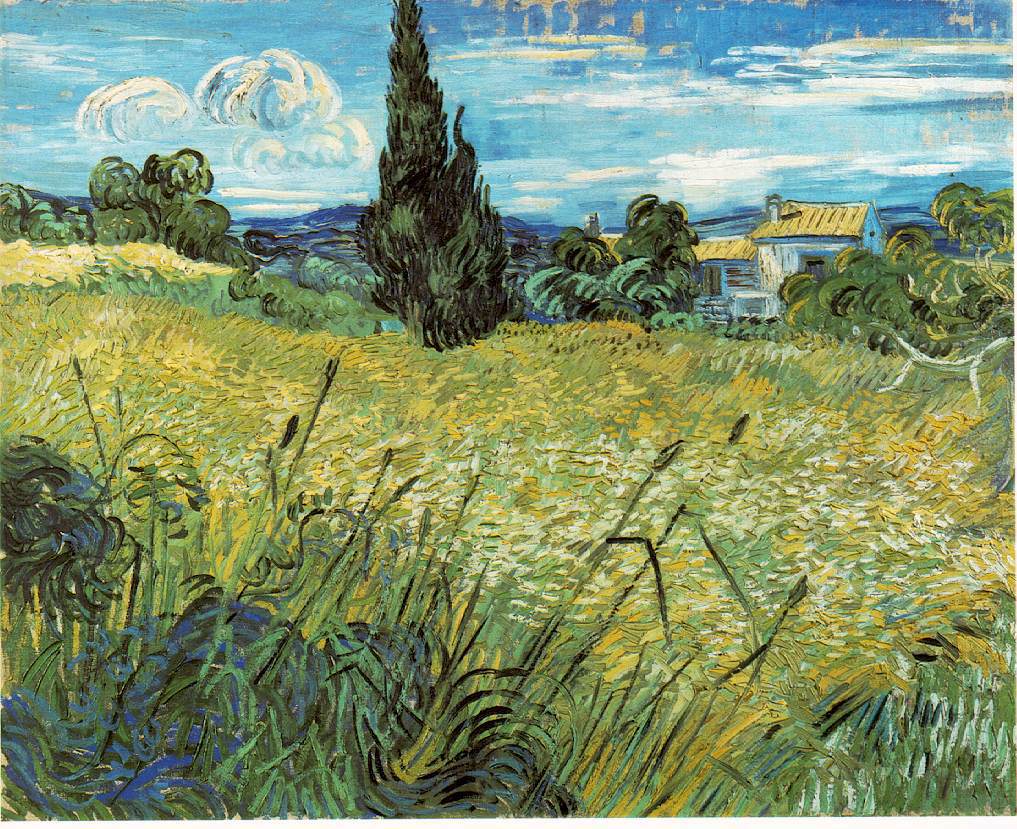Rhymes with Corn
 How's this sound:
How's this sound:Oklahoma, where the wind comes sweepin' down the plain
And the wavin' corn can sure smell sweet
When the wind comes right behind the rain.
I guess we need something to rhyme with corn? Mourn? Forlorn? Born?
Why re-word the words to this popular song? Because corn is king, as they say.
Michael Pollan, in his book, Omnivore's Dilemma: A Natural History of Four Meals, emphasizes the dominance (and growing dominance) of corn. Alexei Barrionuevo has also picked up on the growing trend, as he reports here, in the New York Times. As reported by Barrionuevo (using data from AgResrouces and the Department of Agriculture) the percent increase in acres of corn planted is remarkable. Farmers in Kansas, for example, planted 134% more corn in 2006 than in 1986, and in that same time, planted 18% less wheat. Nebraska, home to Ag-Law contributor, Anthony Schultz, saw an increase of 94 percent, while in North Dakota, a truly astonishing increase of 700% is reported.
Why the changes? A confluence of reasons, including changing consumer tastes, farm policies, and agronomy advances that make it possible to grow corn where it has failed before. One important reason, of course, is that farmers feel they will be better off economically growing corn. As Barrionuevo reports, that's doubtless true for some farmers. But why is it true?
Michael Pollan cites evidence in Omnivore's Dilemma: A Natural History of Four Meals
Future posts will explore the "why" behind the ability of farmers to continue to grow corn when it costs more to grow than they can earn selling it.










1 Comments:
Indeed, corn is king here in Nebraska. I had not fully appreciated the increases, but it does not surprise me. Growing up, I remember fields of milo and more wheat. Today, however, most irrigated land, and much dryland, is dominated by that commodity.
While soybean acres have increased too (largely in response to the recent decision to expand the coverage of soybeans under the farm program (I believe it was 2002 that brought them within the marketing loan regime), that crop has not displaced corn acreage.
There are also few signs that corn (a fairly big user of water -- which is growingly scarce around my meridian and west) production will taper. Some of the current items that will keep corn production high: more new corn ethanol plants planned in the midwest, an energy policy that encourages that development, and protective tariffs to curb sugar-based ethanol (the subject of a NYT editorial yesterday). But with an evolving energy production system that could turn to other crops, I wonder if we won't come to see this time as yet another example of encouraged over production.
Post a Comment
<< Home